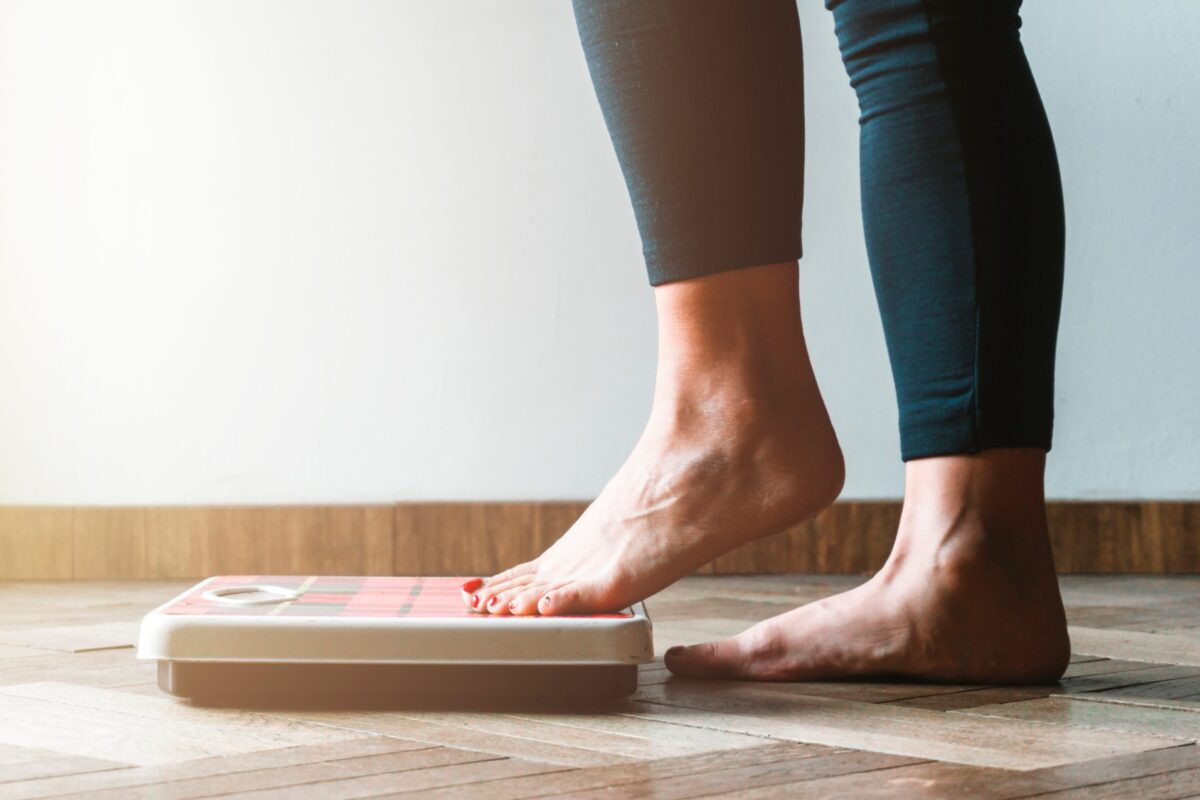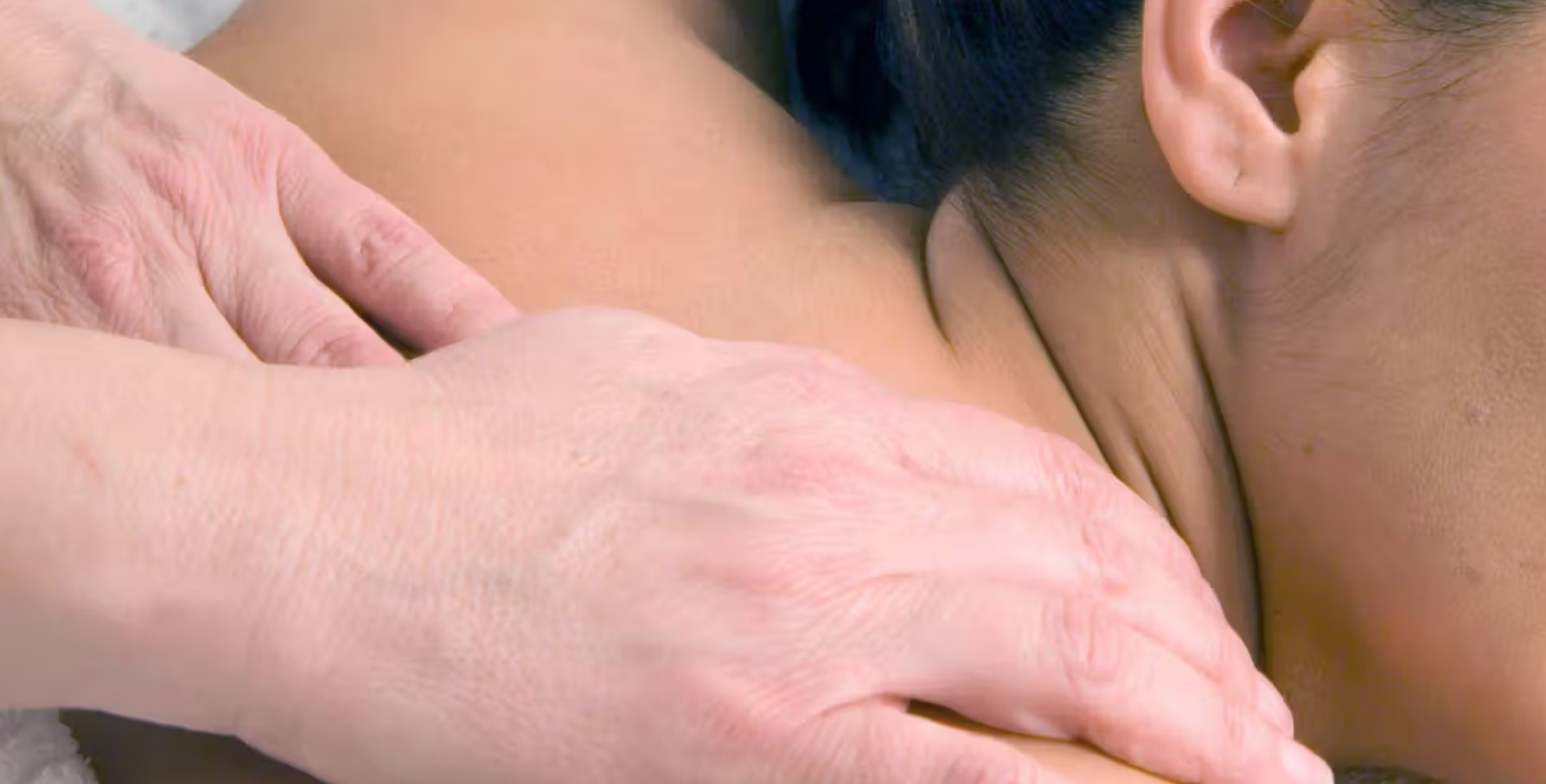
Understanding Sinus Infections
Sinus infections, also referred to as sinusitis, can be debilitating and disrupt everyday life. Symptoms like facial pressure, congestion, headache and fatigue make even basic activities difficult. With symptoms hampering productivity, exercise may be the furthest thing from your mind.
But is staying active safe or advisable when dealing with a sinus infection? Can exercise possibly help relieve symptoms? Let's take a closer look.
Causes of Sinusitis
Sinus infections occur when the nasal cavities become inflamed. Most cases stem from viral or bacterial infections. Allergies, asthma, structural blockages in the sinus cavity or a weak immune system can also trigger sinusitis.
Common Signs of Infection
Some of the most common symptoms associated with sinus infections include:
- Stuffy, congested nose
- Mucus buildup and discharge
- Frontal headache and facial pressure
- Persistent cough
- Tooth pain
- Fatigue
Typically acute sinus infections last for less than four weeks. Symptoms lasting longer may indicate a chronic sinus infection, which requires medical treatment.
Is Exercise Recommended?
For mild to moderate sinusitis cases, maintaining normal physical activity is generally considered safe. Letting symptoms dictate exercise decisions is prudent.
Potential Benefits
Continuing to exercise moderately can offer several advantages like:
- Temporary symptom relief
- Improved mood and reduced stress
- Increased blood flow and circulation
- Enhanced immune system function
- Prevention of complications or secondary infections
The key is tailoring the duration and intensity of workouts appropriately.
Doing Too Much
Attempting overly strenuous workouts with a severe sinus infection can have downsides like:
- Worsening inflammation and irritation
- Increased congestion and mucus production
- Raising risk of injury due to impaired balance or concentration
- Heightened fatigue, exhaustion and slowed recovery
Watch out for signs that exercise is exacerbating instead of relieving discomfort.
Exercise Precautions
While low to moderate exercise may provide benefits when sick with sinus troubles, take sensible precautions, including:
Adjust Intensity
Reduce workout intensity, duration and frequency until acute symptoms resolve. Scale back high intensity interval training in favor of lighter continuous cardio and easier resistance training.
Listen To Your Body
Allow symptoms to guide activity decisions rather than rigid training regimens or schedules. Stay well below normal exertion thresholds and cease exercise immediately if foggy thinking, vertigo or undue breathlessness develops.
Hydrate and Refuel
Combat aggravated mucus production and dehydration by sipping on fluids throughout the day. Consume easily digested carbohydrates around workouts to meet heightened energy demands.
Limit Exposure
Training outdoors with a sinus infection can worsen irritation. Opt for home-based workouts indoors when possible to prevent aggravated stuffiness.
Best Exercises for a Sinus Infection
When determining appropriate physical activity with sinus troubles, focus on low to moderate intensity movement that enhances circulation and gently opens nasal passages without jostling symptoms.
1. Walking
Easy, continuous walking remains one of the best sinus infection exercises. Start slowly for 10 to 20 minutes either outdoors or on a treadmill. Increase distance and pace gradually as tolerate.
Hot Yoga
Gentle hot yoga helps open stuffy nasal cavities thanks to soothing heat and humidity. Focus on basic beginner flows avoiding advanced poses. Modify positions as needed and stop immediately if dizziness develops.
Swimming
The chest and sinus congestion relief swimming provides works wonders when sick. Opt for easy freestyle laps or water walking workouts. Soaking in warm pools works well too.
Cycling
Stationary or leisurely outdoor bikes rides bring circulation perks without jostling symptoms too harshly. Maintain light intensity and resist standing climbs which can exacerbate dizziness and pressure.
Yoga
Very gentle, basic yoga flows help mobilize stiffness and drain congestion. Focus on breathing techniques during modifications of beginner twists and chest openers. Avoid hot temperature or advanced inversions.
Exercises to Avoid
On the other hand, certain exercises tend to aggravate sinus infection symptoms or pose higher injury risk:
Jogging/Running
High-impact activities like jogging or running may worsen inflammation and facial pressure. Best to table these temporarily until acute symptoms pass.
Strength Training
Demanding strength training routines involving heavy weights, intense plyometrics or complexes can spike coughing. Stick to easier bodyweight movements instead.
Hot Yoga
While heat may provide relief initially, pushing too hard in hot classes when sick risks dehydration, nausea or fainting. Avoid Bikram-style power flows.
Inversion Poses
Advanced inverted yoga poses like handstands, headstands and certain arm balance postures often exacerbate sinus pressure and migraines.
Breath Holding
Excessive breath holding techniques used in strength training, yoga and swimming tends to magnify sinus pressure. Breathe regularly instead.
When to Pause Exercise
Despite potential benefits, exercise should cease immediately when experiencing:
- Fever over 100°F (38°C)
- Green or yellow nasal discharge indicating infection
- Fatigue, breathlessness or chest pain during mild exertion
- Severe headache, dizziness or confusion
These red flags often signify issues requiring medical evaluation before resuming activity to prevent complications.
Seeking Medical Care
Reaching out to your healthcare provider is prudent if you experience:
- Symptoms lasting over 10 days without improvement
- Recurring sinus infections several times yearly
- No symptom relief from over-the-counter nasal sprays or decongestants
- High fever, ear pain or purulent discharge signalling infection
Antibiotics or steroid nasal sprays may provide relief when rest and home treatments fail.
The Takeaway
Coping with nagging sinus troubles certainly dampers exercise motivation. Yet with mild to moderate symptoms, maintaining some activity potentially hastens healing.
The key is scaling efforts appropriately without overdoing things. Allow your body’s feedback to dictate workout decisions. And of course, seek medical guidance for persistent infection cases requiring prescription-strength relief and rest.
FAQs
Can exercise help relieve sinus infection symptoms?
For some people, mild physical activity may provide temporary symptom relief thanks to increased circulation and drainage. But take care not to overexert and listen to your body.
What kind of exercise is best for sinusitis?
Low-impact activities like walking, swimming, stationary cycling, gentle yoga and stretches tend to alleviate sinus pressure best without aggravating symptoms.
Can yoga help sinus infections?
Yes, very gentle yoga focused on basic poses, breathing techniques, nasal irrigation and chest openers may help mobilize stiffness and congestion from sinusitis.
Is weight training okay with sinus problems?
Heavy strength training often worsens coughing, facial pressure and congestion tied to acute sinus infections. Scale back to easier bodyweight movements until symptoms improve.
When should you stop exercising with a sinus infection?
Cease activity immediately if you experience fever, green/yellow discharge, severe headaches, dizziness or breathing issues which may indicate worsening infection requiring medical attention.
Disclaimer: This article is for informational purposes only and does not constitute medical advice. Always consult with a healthcare professional before starting any new treatment regimen.



